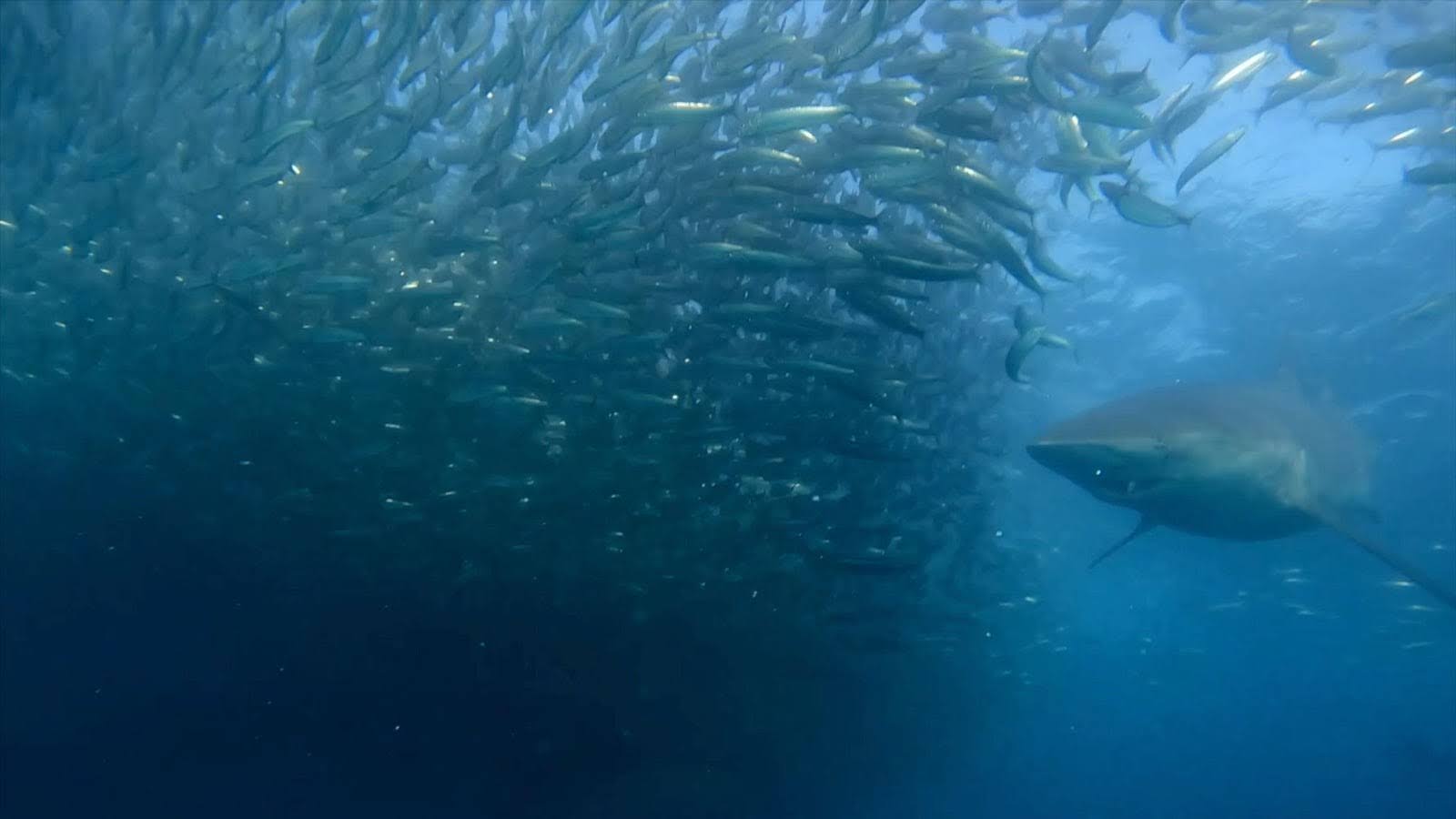One of the questions that comes up with increasing frequency is whether closed-circuit rebreather diving will replace open-circuit diving. The simple answer is almost certainly not. This should not be taken as a negative view of the devices. Rebreathers are tools, and like all tools, they have strengths and weaknesses that vary with the application. The important thing is to know enough to understand the debate.
The table below summarizes the features of open- and closed-circuit systems. The contrasts are relative, not absolute. The fundamental advantage of open-circuit systems is greater simplicity. While some of the complexities of closed-circuit systems can be managed through engineering and training solutions, they are inherent to the devices.
| OPEN-CIRCUIT | CLOSED-CIRCUIT |
| Simple | Complex |
| Dry, cold gas | Humidified, warm gas |
| High gas use | Low gas use |
| Many bubbles | Few bubbles |
| Buoyancy control easy | Buoyancy control complex |
| Oxygen partial pressure (PO2) varies | PO2 controlled |
| Decompression is inefficient | Decompression can be optimized |
| Partial redundancy | Substantial redundancy |
| Purchase price modest | Purchase price high |
| Operating costs vary | Operating costs vary |
| Emergencies often develop fast | Emergencies can develop slowly (some still fast) |
The humidified, warm gas breathed in a closed-circuit loop may not immediately seem to be important, but there is comfort to be gained in avoiding dry gas and in reducing thermal stress present to some degree in most of the waters we explore. This can be particularly important with long or repetitive dives.
The low gas use with rebreathers is a feature that grows in importance with depth. The ability to reuse gas instead of exhaling it to the environment can provide dramatic gains in efficiency. A secondary effect of this conservation is a reduction in bubbles, making it much quieter for the diver, and making the diver less disruptive to the local life and whatever structures would be struck by the bubbles. Animals are generally less skittish with rebreather divers, visibility in enclosed areas is preserved, and damage to sensitive structures is reduced.
Buoyancy control is more challenging with rebreathers. The diver cannot simply change lung volume for fine buoyancy control. The closed-circuit includes the diver’s lungs, tubing, and the breathing bags or counter lungs in the rebreather. Buoyancy is effectively unchanged by lung volume changes. Adjusting to this reality, rebreather divers tend to go around objects rather up or down relative to them to reduce the need to add gas to or dump it from the loop. Additional challenges do come in shallow water when the electronics prompt the automatic addition of oxygen to the loop at a high enough volume that gas dumping can be required. Since gas conservation is a major point of pride for many rebreather divers, this is indeed unwelcome. Another significant hazard for rebreather divers is the loss of buoyancy if the loop gas is lost. If the valve is not closed before the mouthpiece is removed, the loop volume and its positive buoyancy will be lost. The fact that closing a mouthpiece is more likely to be left out during distracting emergent events makes this a critical element for training.
The addition of oxygen was mentioned in the last section. In most of the rebreathers currently in use, sensors monitor the oxygen partial pressure (PO2) in the breathing loop and electronics trigger a solenoid valve to add oxygen into the loop when it falls below a setpoint (sometimes defined by the user and sometimes a defined by a system default). Engineering solutions are making the monitoring and regulation of PO2 reliable and robust, but the oxygen sensors are a notable weakness in the system. The biggest benefit of regulated PO2 for most diving is that it enables optimization of decompression. Unlike open-circuit systems in which PO2 falls steadily during the ascent as the ambient pressure falls, the PO2 can be maintained at high levels with rebreathers, thus improving the gradient for inert gas elimination. The setpoint is usually reduced in the shallowest reaches to eliminate the disruption to buoyancy discussed above, but thoughtful use can strike a balance to optimize safety and gas conservation.
Rebreather diving generally incorporates greater redundancy than open-circuit diving, but that depends on the configuration of the systems. Most open-circuit divers will have an extra second stage on their regulator, but less often a completely redundant breathing supply. Most rebreather divers will carry completely redundant open-circuit bailout systems that can be rapidly deployed in case of failure or concerns over system operation. Smart rebreather divers adhere to the mantra of “When in doubt, bailout.” Rebreather divers need to carry enough open-circuit gas to be able to complete the dive safely on a bailout, and they should both get off and stay off the loop if there is any question of its proper function.
The high purchase price of rebreathers is a barrier to participation. The cost is a huge factor if the comparison is to simple open-circuit systems. The difference becomes much less for divers considering open-circuit technical diving in which numerous cylinders, regulators, and other paraphernalia produce mounting costs. In such cases, the performance capabilities of a rebreather become much more attractive. In addition to equipment, the cost of gas is a consideration. If divers move into the realm of deeper diving with helium-based mixtures (heliox or trimix), the savings associated with gas recycling in a rebreather can be significant.
There are a greater number of significant hazards associated with rebreather diving than with uncomplicated open-circuit diving. Hypoxia, the condition of too little oxygen, can develop while breathing on a rebreather loop if it is not properly monitored. Hyperoxia, the condition of too much oxygen, can also occur through monitoring failures and/or equipment failures. We need adequate oxygen levels to maintain consciousness, but we need to avoid levels too high or risk life-threatening oxygen toxicity.
Hypercapnia, the condition of too much carbon dioxide, is the other critical hazard associated with rebreather systems. Operating properly, scrubber material removes carbon dioxide from the loop before the gas is re-inspired. While engineering solutions have reduced the risk, it is still possible to develop problems if a rebreather is dived without scrubber material, with an exhausted scrubber, with a partially bypassed scrubber, with a failure in devices controlling the direction of expired gas movement, or even with a high work rate.
Rebreathers can expand the diving range, but increasing depths increase the exposure to high gas density and breathing resistance. Additionally, while rebreathers can be used to optimize decompression, more extreme exposures can produce decompression obligations severe enough to create life-threatening conditions if decompression is missed. Physiological barriers to direct ascent make it critical for both diver and equipment to be fully prepared for the operation.
Reality and the Path Forward
The use of rebreathers has markedly increased in the past 20 years. While engineering and training solutions continue to reduce the risks, they remain substantial. Though activity data are limited, the life threat associated with rebreather diving is higher than for open-circuit diving. The use of rebreathers is almost certainly going to increase because of the inherent benefits, but the hazards must be respected.
Rebreathers are tools, and the benefits of using them must be balanced against the risks and cost. Those not willing to commit greater mental and physical effort into training and maintenance should not use them. Those unwilling to carry adequate redundant bailout systems should not use them. Those unwilling to commit to constant monitoring during dives should not use them. Those unwilling to bail out to redundant systems if questions of proper function arise should not use them. Ultimately, there are a lot of reasons to not use rebreathers, but for the diver with the need and a responsible and committed approach to every dive, they can be very useful tools.
Recommended Readings
Deng C, Pollock NW, Gant N, Hannam JA, Dooley A, Mesley P, Mitchell SJ. The Five Minute Prebreathe in evaluating Carbon Dioxide Absorption in a Closed-Circuit Rebreather: a Randomized Single-Blind Study. Diving Hyperb Med. 2015; 44(1): 16-24.
Fock AW. Analysis of Recreational Closed-Circuit Rebreather Deaths 1998-2010. Diving Hyperb Med. 2013; 43(2): 78-85.
Vann RD, Denoble PJ, Pollock NW, eds. Rebreather Forum 3 Proceedings. AAUS/DAN/PADI: Durham, NC; 2014; 324 pp.


